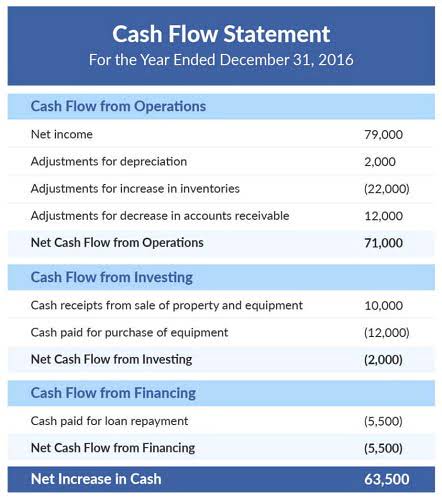
In other words, cash flow not only shows you how much money you have in your nonprofit but also the timing of when money is coming in and when it’s flowing out of the organization. Finances and donors go together like ice cream and hot fudge, like pizza and ranch dressing—an irresistible combo, if you ask us. And a single-solution software for nonprofits like Funraise can help you do it all when it comes to your fundraising, facilitating donor stewardship, improving fundraising efforts, and enhancing your donor relationships. With all that info in one place, getting those numbers down on paper becomes much, much easier.

The Importance of Effective Cash Management for Nonprofit Organizations

Such collaborations help in maintaining a balanced cash flow, crucial for operational stability. In a previous article, we discussed the benefits, risks, and compliance requirements of outsourcing bookkeeping for nonprofit organizations. In this article, we will build upon that knowledge and delve more specifically into the topic of cash management.
Services

Many nonprofits use accounting software that is specifically designed for nonprofit organizations, so this is something to consider. When hearing the term “cash management,” many people will jump straight to the Statement of Cash Flows as the primary source of understanding. Cash management, at its core, refers to the process of effectively and efficiently handling and controlling the cash resources of your nonprofit organization. It involves monitoring, tracking and optimizing the inflow and outflow of cash retained earnings balance sheet to ensure that the organization maintains adequate liquidity and can meet its financial obligations. Cash management for a nonprofit organization encompasses various activities and strategies to manage cash flow.
Do regular audits.
- By allocating resources to areas like staff development, technology infrastructure, and fundraising capabilities, nonprofits can enhance their ability to deliver services and attract funding.
- Another question you should ask yourself when evaluating your cash flow statement is whether any of the inflowing funds are restricted.
- Financial management for nonprofit organizations outlines financial goals, details program expenses, and provides these details to a board of directors to ensure financial health.
- As a result, nonprofits need to undergo regular internal audits and submit key tax forms and financial statements to prove funds are funding their mission and making the world a little bit brighter.
- Nonprofit organizations often rely heavily on grants and donations, which can create vulnerability during times of economic uncertainty or shifting donor priorities.
An organisation’s excess budget after each fiscal term can be put into an endowment. Essentially, this can help generate income specifically designated for the organisation’s future operations. Another strategy to apply Accounting for Churches donation requests can help you increase recurring revenue while also increasing total donations. When a donor pledges an annual gift to your organization, ask them whether they’d be willing to drop a zero and give that amount monthly. For example, a donor who normally gives $1,000 annually could automatically donate $100 monthly. This would increase the total donation you receive by 20% while also helping to create a recurring, regular revenue stream to improve your nonprofit’s cash flow.
Supporting fundamental financial processes

This can help document and allocate the portion of overhead nonprofit cash flow statement costs that are actually used on specific programs and projects. As we already discussed, sound accounting practices build a healthy, compliant, transparent nonprofit that makes strategic decisions. Not only that, the secret to successful fundraising is fully functioning back-end management powered by a solid financial integration.
- Additionally, good accounting practices mean more informed decisions, better resource management, and compliance with any legal and regulatory requirements.
- Nonprofit accounting rules are all about that accountability, so you’ll want to establish internal controls to prevent fraud and ensure everything is by the book.
- This means that if a bank fails, more of your nonprofit’s funding is protected by the US government.
- But while being a crusader for justice sounds pretty action-packed on paper, the reality is a bit less glamorous.


